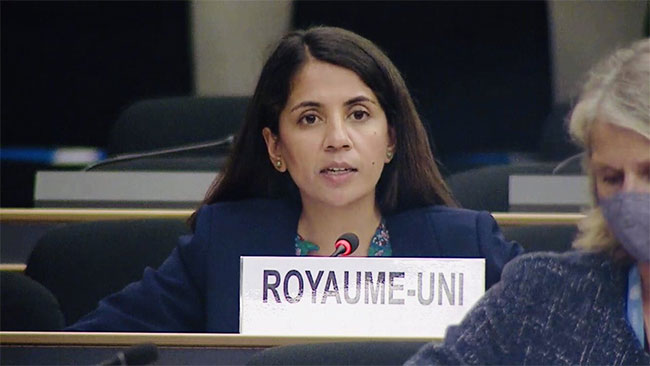Nearly every dollar Mary Delgado had was riding on one shot at IVF. Three years ago, while trying to conceive a second child with her long-time partner Joaquin Rodriguez, Delgado, who is now 35, learned she had severe endometriosis, a common cause of infertility.
“I was broken,” Delgado said. “To be told that I’ll never get pregnant again naturally. The doctor told me the only solution for you is IVF. And I knew IVF was expensive.”
In the U.S., just one round of IVF — or in vitro fertilization — costs an average of $20,000, according to Fertility IQ, a platform for patient education. It generally takes three IVF cycles for a woman to have a baby, and insurance doesn’t always cover it — putting it out of reach for many Americans and leaving others with a heavy financial burden.
Delgado relied on Medicaid after leaving her job to care for her 10-year-old son, who has a rare genetic disorder. She was aware that Medicaid wouldn’t cover IVF, and said all that ran through her mind “was the dollar sign.”
“I don’t think it’s fair, because they don’t want the poor to reproduce,” Delgado said.
In most states, Medicaid does not cover any fertility treatment costs. However, in New York, where Delgado lives, Medicaid does cover some of the medication needed for IVF.
Delgado found a clinic four hours away that offered a discount and a payment plan. She took out a $7,000 loan from the clinic, which she had to repay over two years. She also spent approximately $3,000 on medication and another $2,000 on genetic testing. She said she spent $14,000 in total.
For Delgado and her partner, one round of IVF was money well spent. Their daughter, Emiliana, is now 14 months old, and their $7,000 IVF loan is paid off.
“She was definitely worth it. Definitely, definitely worth every single penny,” Delgado said. “She came to fix my broken heart. She really did because I was so fearful I would never, ever get pregnant.”
Delgado recently started a job that offers her some fertility insurance.
The push for broader IVF coverage
Across the country, 45% of large companies offered IVF coverage last year, up from just 27% in 2020.
Illinois Democratic Sen. Tammy Duckworth, who conceived her own two daughters with IVF, is fighting to pass legislation that would give even more Americans fertility benefits and lower costs.
“Why would we prevent Americans from being able to fulfill that dream of holding their own baby in their arms?” Duckworth said.
So far, 22 states plus Washington, D.C., have passed fertility insurance laws, according to Resolve, The National Infertility Association, which is a nonprofit organization. Fifteen of the state laws include IVF coverage requirements, and 18 cover fertility preservation, which includes saving a person’s eggs or sperm from infertility caused by chemotherapy, radiation or other medical treatment,
Dr. Asima Ahmad, co-founder of Carrot Fertility, said that even with these laws, it doesn’t mean everyone in those states will have coverage. “Sometimes it’s partial, sometimes it’s none. There’s still this large gap,” said Ahmad.
Her company is trying to close the gap by helping more than 1,000 employers globally provide fertility benefits, including coverage for IVF and fertility preservation, and postpartum and menopause care.
Ahmad believes the issue is that people often view fertility treatment as an elective procedure. “Infertility is a disease. And some people need to do fertility treatment to grow their family. There is no other way to do it,” she said.
If a person works for a company that does not offer fertility benefits, Ahmad suggests they talk to their HR team directly. She said it could be a catalyst for bringing benefits to the company.
Delgado said everyone deserves a chance — “no matter who you are, no matter your race, no matter your economical status.”














